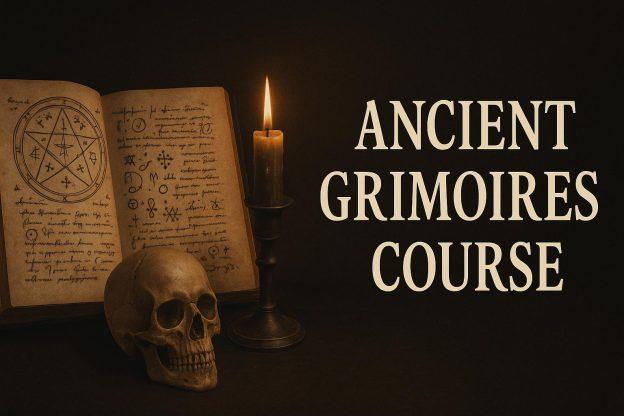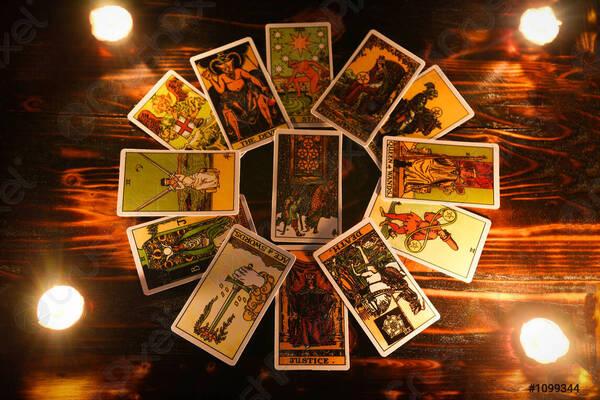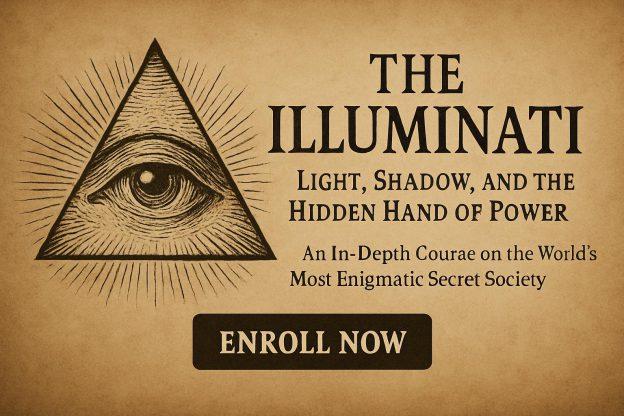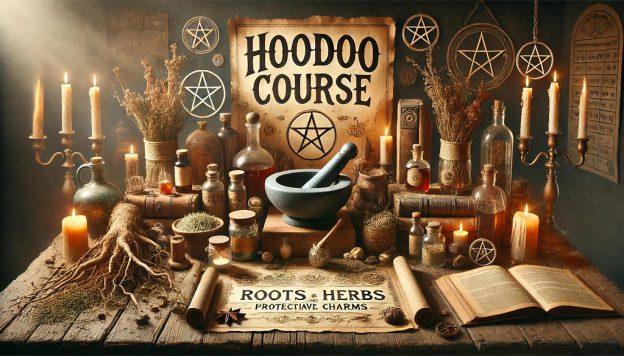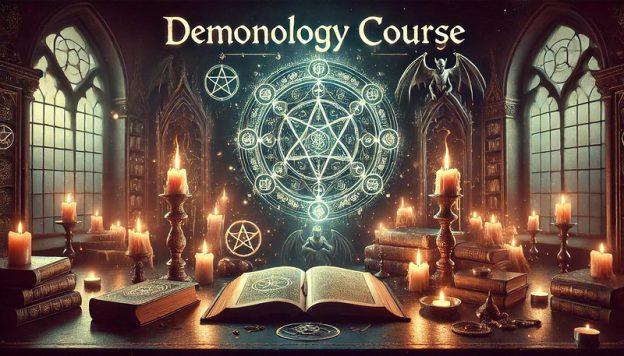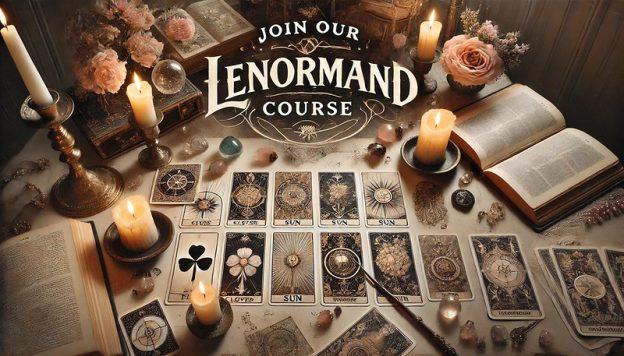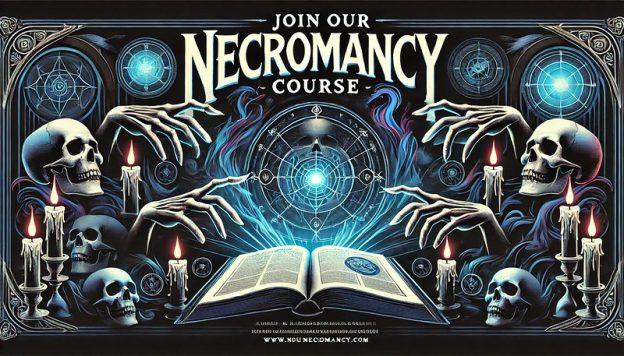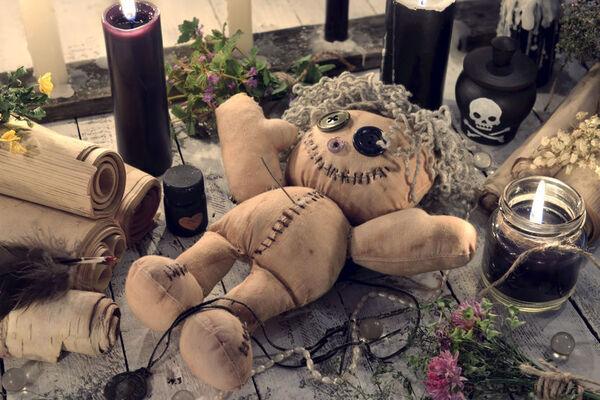Ordeal by Touch

Ordeal by Touch: A Historical Means of Identifying Witches
The ordeal by touch was a method steeped in superstition and fear, used during the height of witch trials to identify those accused of witchcraft. This practice, employed in Europe, the British Isles, and the American colonies, formed a central part of the interrogation and trial process. The method reflected the deeply entrenched belief in curses, hexes, and the supernatural influence of witches over their supposed victims.
The procedure required the accused to physically touch a victim—often someone who had claimed to be bewitched or afflicted by the alleged witch. This victim would typically display visible symptoms, such as fits, convulsions, or mysterious illnesses, which were thought to be the result of the accused’s magical interference. The test hinged on a critical moment: if the victim’s symptoms suddenly ceased when the accused made contact, it was taken as irrefutable proof of guilt. The rationale was that the witch had withdrawn the curse or malevolent influence, thereby curing the victim through the act of touch.
This ordeal was not only a test but also a public spectacle. Villagers, judges, and clergy would gather to witness the event, often driven by a mix of fear, curiosity, and a desire for justice—or vengeance. The accused, frequently poor, marginalized, or otherwise vulnerable individuals, faced immense pressure. Many were women targeted by long-standing prejudices, rumors, or personal vendettas.
The ordeal by touch exemplified the broader culture of paranoia and scapegoating that defined the witch hunts. It was not rooted in evidence or reason but in a fervent belief in supernatural causality. Tragically, the cessation of symptoms during these ordeals was often the result of psychological relief on the part of the victim, whose affliction may have been psychosomatic. However, the outcome invariably sealed the fate of the accused, leading to imprisonment, torture, or even execution.
This practice serves as a stark reminder of the dangers of fear-driven justice systems and the persecution of the innocent based on unproven accusations. The ordeal by touch, along with other methods used in witch trials, stands as a sobering chapter in history that underscores the importance of evidence-based reasoning and the protection of human rights.
SEE ALSO:
SOURCE:
The Encyclopedia of Witches, Witchcraft and Wicca – written by Rosemary Ellen Guiley – Copyright © 1989, 1999, 2008 by Visionary Living, Inc.
